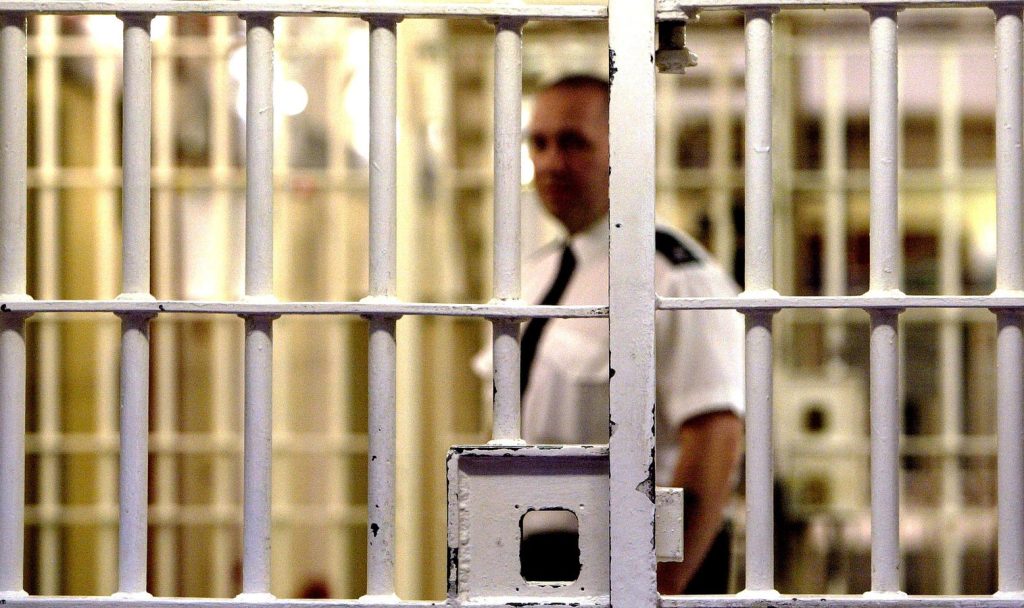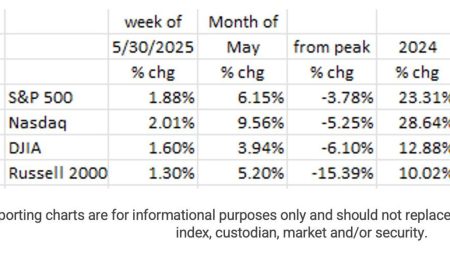The United States prison system is grappling with a pervasive staffing crisis, exacerbated by pre-existing shortages and further strained by the COVID-19 pandemic. This critical issue affects prisons nationwide, from federal facilities managed by the Federal Bureau of Prisons (BOP) to state institutions in Georgia, Florida, Texas, and Oklahoma. Despite increased budgets, recruitment efforts, bonuses, and pay raises, attracting and retaining correctional officers remains a significant challenge. The BOP’s closure of seven prisons in late 2024 exemplifies the severity of the situation, a cost-cutting measure driven by the inability to adequately staff facilities. This understaffing poses significant risks to both staff and inmates, compromising safety and operational efficiency within the correctional system.
The severity of the staffing shortages varies across states, but the common thread is the struggle to maintain adequate personnel levels. Georgia’s recent $600 million investment in its prison system, targeting staffing increases, infrastructure repairs, and contraband control, underscores the urgent need for intervention. Similarly, Florida’s reliance on National Guard members to supplement prison staff, Texas’s exorbitant spending on travel for existing staff to cover vacancies, and Oklahoma’s consistently low staffing levels all paint a troubling picture of a system stretched thin. The financial burden of these shortages, borne by taxpayers, adds another layer of complexity to the crisis. The Prison Policy Initiative’s research suggests that simply throwing money at the problem is ineffective, highlighting understaffing as a symptom of mass incarceration itself rather than a mere recruitment challenge.
The inherent dangers of working in correctional facilities contribute significantly to the staffing crisis. Correctional officers face a multitude of occupational hazards, including workplace violence, injuries, exposure to infectious diseases and illicit drugs, long and irregular hours, and the emotional toll of managing incarcerated populations. The tragic death of a BOP mailroom supervisor in 2024, allegedly due to exposure to fentanyl from a contaminated letter, tragically highlights the risks involved. Furthermore, studies indicate that suicide rates among corrections officers are alarmingly high, surpassing those of other law enforcement personnel. While some prisons have implemented wellness programs to mitigate these stressors, funding limitations and inadequate staffing often hinder their effectiveness, creating a vicious cycle that perpetuates the staffing crisis.
The strain on resources caused by mass incarceration forces difficult decisions on prioritization. While the BOP attempts to address the safety and welfare of staff and inmates, limited resources often result in compromises. The allocation of resources for immediate needs, such as security and basic necessities, sometimes overshadows other important areas, including rehabilitation programs and pre-release preparation. This creates a challenging environment for both staff and inmates, hindering efforts to reduce recidivism and prepare individuals for successful reintegration into society. This resource allocation dilemma further underscores the need for systemic reforms to address the root causes of mass incarceration.
Judges are beginning to acknowledge the impact of prison conditions on their sentencing decisions. Cases involving MDC Brooklyn, where judges have sought alternative placements or threatened to convert sentences to home confinement, illustrate the growing awareness of the crisis. This judicial recognition, while potentially beneficial for individual defendants, does not address the broader systemic issues plaguing the prison system. The transfer of a prisoner to FMC Devens, a facility cited for its own staffing inadequacies, demonstrates the widespread nature of the problem. These examples highlight the ripple effect of the staffing crisis and the need for comprehensive solutions that go beyond individual case management.
Addressing the staffing crisis requires a multifaceted approach that goes beyond simply increasing funding. While financial resources are essential for improving working conditions and attracting qualified personnel, systemic changes are crucial to achieve long-term sustainability. Reducing the prison population through alternative sentencing programs and early release initiatives, particularly for non-violent offenders, is a critical step. The Second Chance Act and the First Step Act provide legal frameworks for these strategies, but their full potential remains untapped due to factors like limited halfway house capacity and inconsistent application. Fully implementing these existing laws, coupled with a reassessment of sentencing practices, could significantly alleviate the strain on resources and create a more just and effective correctional system.










